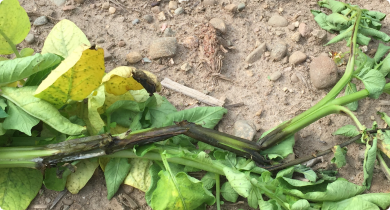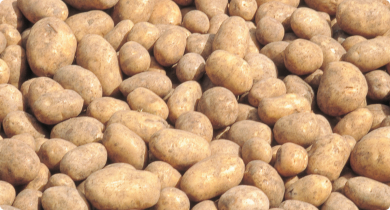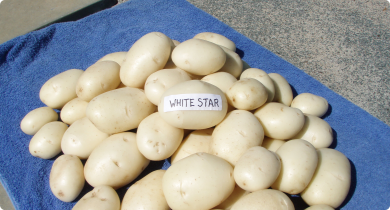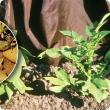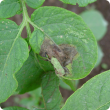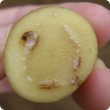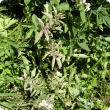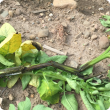Potatoes
Potatoes are the world’s fourth most important food crop. They are vital to Western Australia being:
- the second highest value vegetable crop after carrots, with a farm gate value of $54 million
- the second highest value-adding horticulture industry after wine, amounting to $177 million through the value chain
- a nutritious fresh vegetable, available all year round
- raw material for French fry processing
- outside revenue earner mostly from seed potatoes.
See Also
Filter by search
Filter by topic
- (-) Remove Diseases filter Diseases
- Pests, weeds & diseases (13) Apply Pests, weeds & diseases filter
- Plant biosecurity (10) Apply Plant biosecurity filter
- Biosecurity (10) Apply Biosecurity filter
- Biosecurity & quarantine (10) Apply Biosecurity & quarantine filter
- Tomatoes (6) Apply Tomatoes filter
- Bacteria (4) Apply Bacteria filter
- Pests (3) Apply Pests filter
- Viruses & virus-like (3) Apply Viruses & virus-like filter
- Fungi (2) Apply Fungi filter
- Crop diseases (2) Apply Crop diseases filter
- Nursery & cutflowers (1) Apply Nursery & cutflowers filter
- Capsicums and chillies (1) Apply Capsicums and chillies filter

